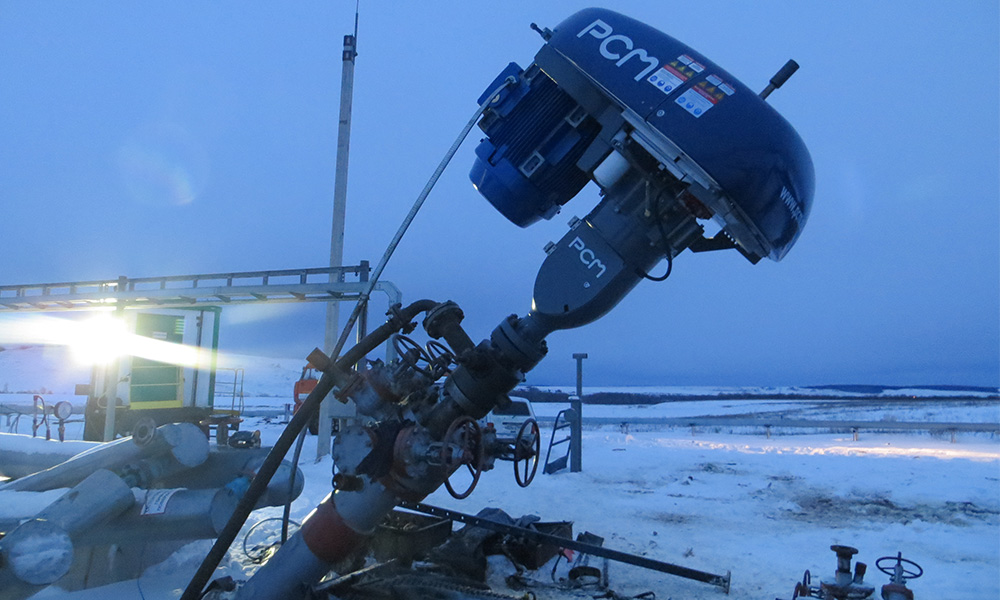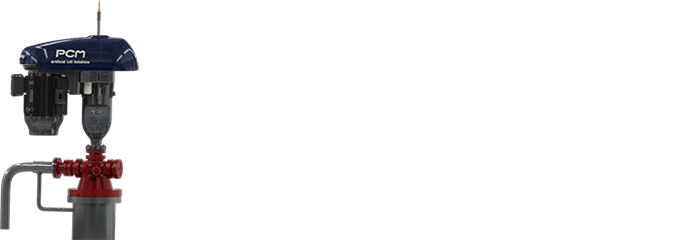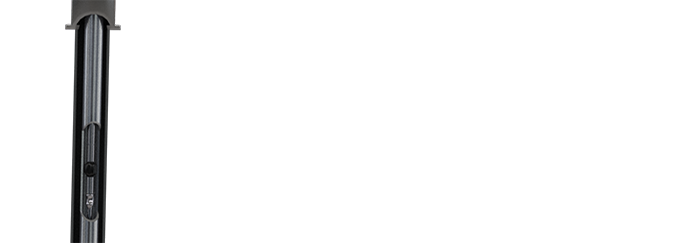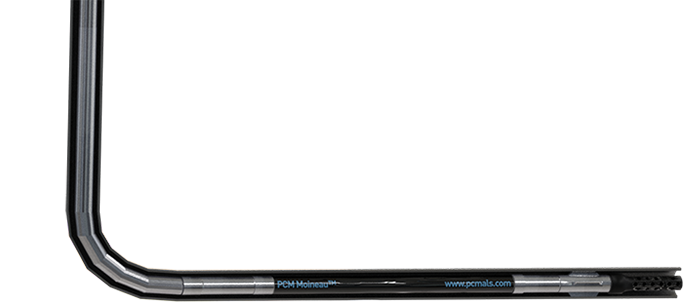How to manage horizontal and highly deviated wells?
Highly deviated wells, slant wells and horizontal wells are now common things in upstream oil production with their ability to produce higher flow rates or to address challenging pay zones. Dog Leg Severity is a key feature of a deviated well to select and safely place any artificial lift system.
Rod driven PCPs have seen great success with those challenging well profiles. Parted rods and hole in tubing are the main failure modes to overcome.
Proper design of completion and use of dedicated accessories mitigate those issues.
- Reduce wear with centralizers
- Reach high DLS wells with continuous rods and flush hollow rods
- For tortuous wells, Electrical Submersible PCP
Extend tubing run life
The Tubing rotator installed at surface constantly rotates the tubing to avoid permanent contact with the rod.
Eliminate parted rods and tubing wear
Designing a rod driven PCP requires special attention to manage high DLS well profiles. Reducing and eliminating tubing wear is a critical objective when selecting and designing an Artificial Lift to avoid expansive and unexpected work- over.
Reduce rod/tubing contact
Spin-through centralizers properly set along the rod string can drastically improve the overall run life of the completion. PCM Design software determines the optimized centralizers’ location.
Learn more about our rod string accessories
Reduce and spread evenly contact load
Continuous rods offer a cost-effective option to lower the installation time and to reduce the tubing wear, providing no upset in the rod profile against the tubing inner wall.
Hollow rods with flush design, have also proven to be very effective in shallow wells high DLS without requiring specific installation facilities.
Eliminate all contacts with rod free ESPCP
When no Rod driven system can match the DLS, Electrical Submersible PCP offers an alternative eradicating all parted rod issues and holes in tubing.
Find out more about our ESPCP solution





